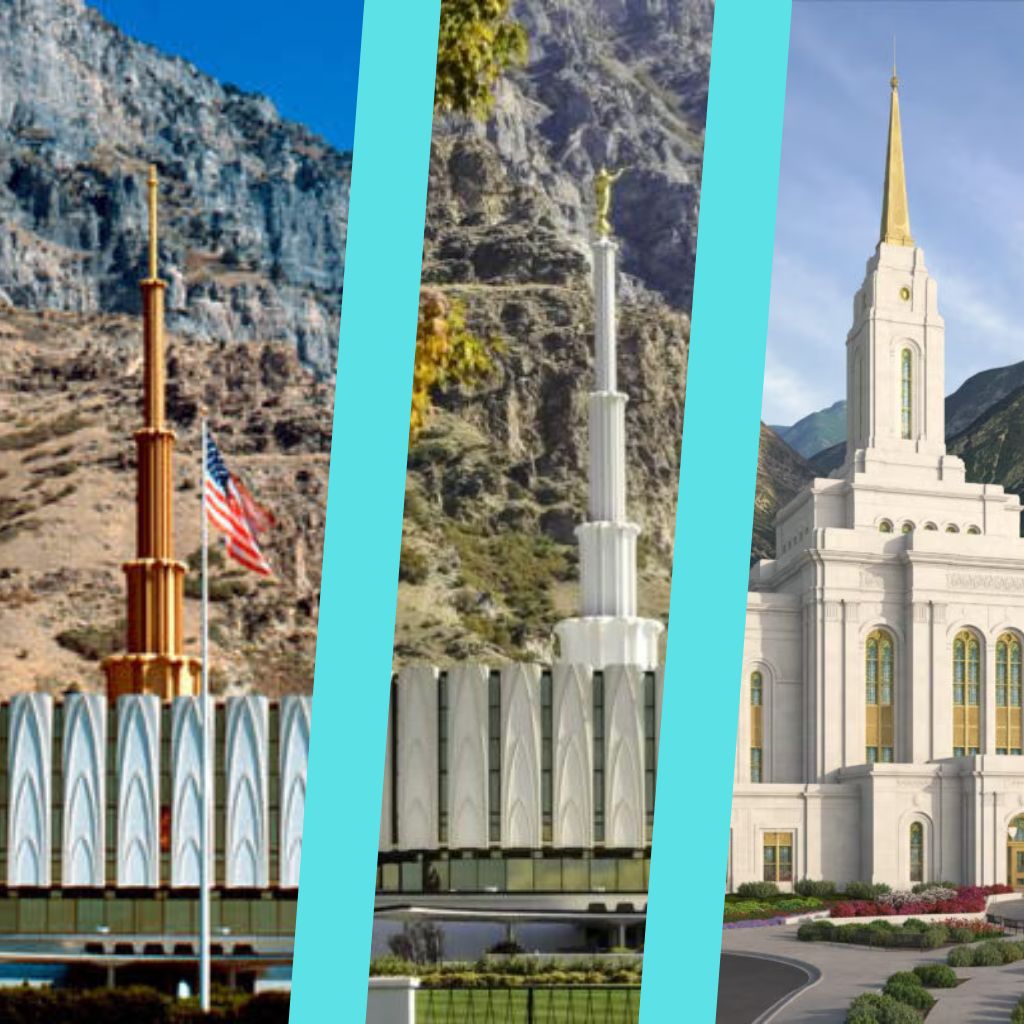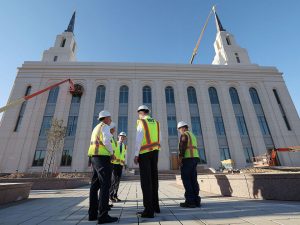Perhaps because a plan is difficult to stop once set in motion, or perhaps out of complete tone-deafness to the piling-up of financial scandals, the Church of Jesus Christ of Latter-Day Saints continue to move forward with their costly 2021 plan to completely demolish and rebuild of what was the original Provo Temple. The rebuild will only change the aesthetics of the building; it will function in the same way it always has. The builds and re-builds add up to a tab worth more than $100M according to individuals closely involved with the project that wish to remain anonymous. Critics of the church point to these extravagant purchases, the Church’s private for-profit LLCs that hold over $150 Billion in diverse investments, the lack of a robust charitable efforts in the face of these stockpiles of wealth, all while maintaining a tax exempt status with the United States IRS.
This prodigal spend to change the looks of a building in a town of 60,000 when school is out is actually overshadowed by the higher-profile renovation happening right now in Salt Lake City that is estimated to have already cost $2 Billion in the last several years and is only about halfway complete. These massive ‘investments’ are not to enhance any of the Church’s ordinances that occur in these buildings, so what’s behind the massive spend to update the LDS Church’s look?
Consistency is the Cornerstone of Branding, and Branding Is History
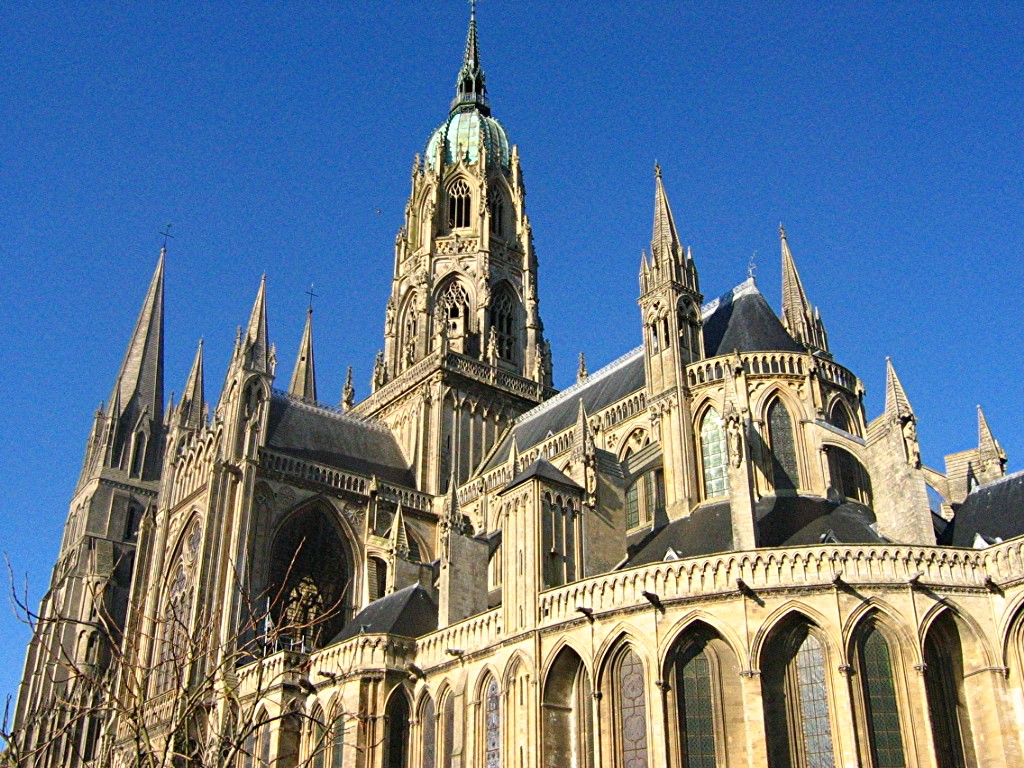
When you see a 500-year-old Catholic Cathedral, you don’t have to search for a sign to know what it is. The architecture, even the floor plan (which was always designed in the shape of a cross) are basically ‘trademarks’ of the Catholic Church. It’s the consistent gothic design elements such as the pointed ogival arches, ornamental buttresses and iconography that gives the Catholic ‘brand’ a lot of recognizability and staying power. When one notices the same architecture on multiple continents, one thinks about the long history of the Catholic Church and how it almost feels like it was… the original church. The building itself is a self-evident symbol of the strength and history of the Catholic Church.
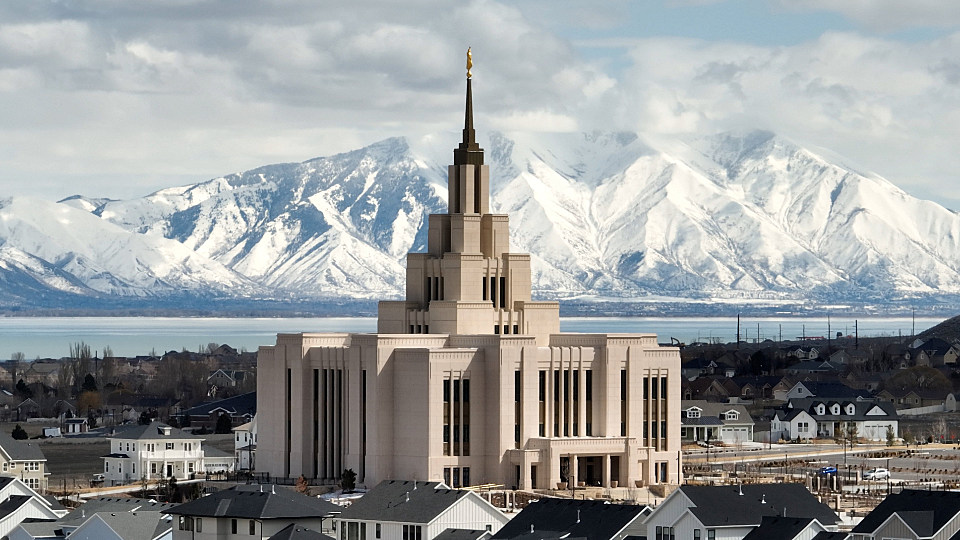
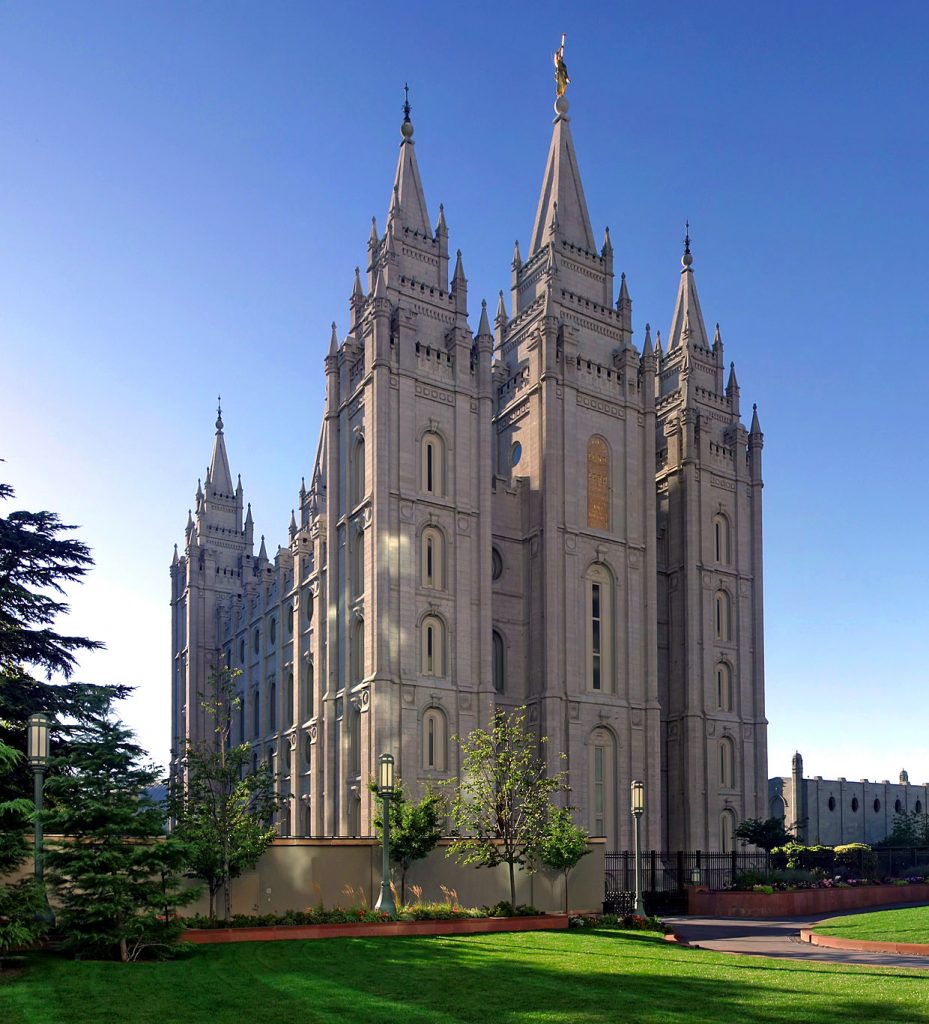
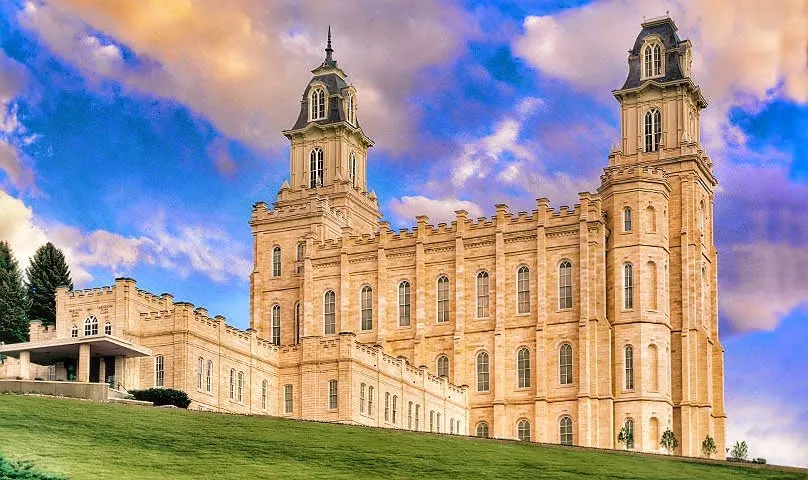
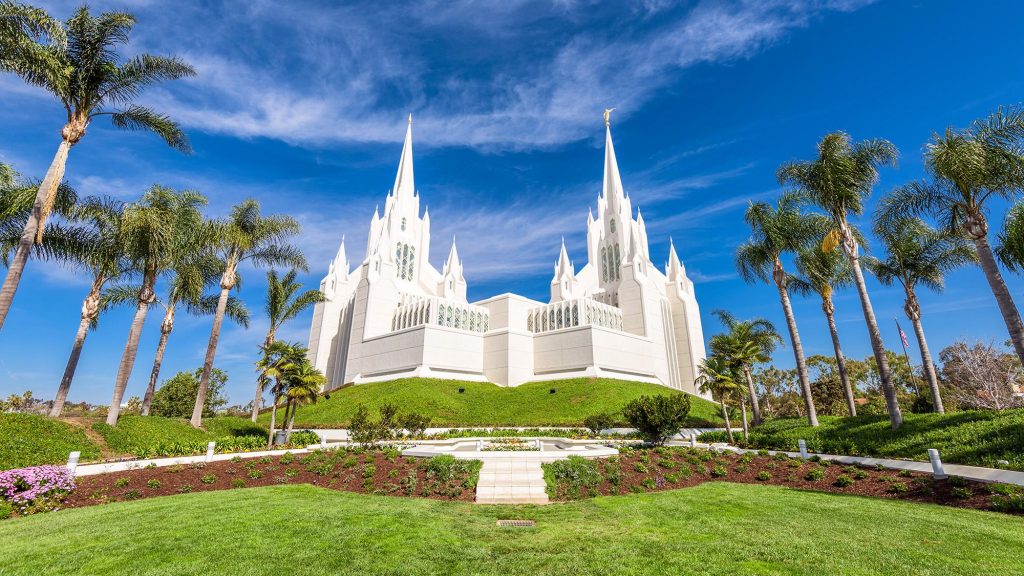
The LDS Church on the other hand is experiencing a branding problem. It’s the natural outcome of a religion that grew beyond anyone’s expectations during the mid-to-late 20th Century, but is now encountering strong headwinds as the World liberalizes its views on race, identity and science. The religion, which is a few hundred years old, wants to be known world-wide as the original and only true church. They’ve learned a lot about the recognizability and brand power of temples around the world, and have recently created a cookie-cutter architectural blueprint to be stamped in colonial fashion throughout the entire world.
Building and Maintenance of Temples Includes Branding
When, in the 60-minutes interview with Bishop Christopher Waddell (originally aired May 2023) in which he defends the LDS Church’s practice of stock-piling of wealth, he mentions that the “building and maintenance of temples” is one of the primary uses of their massive stockpile. A number of whistle-blower complaints about unethical and illegal financial dealings connected to over $150 Billion in assets by the LDS Church surfaced over the last decade or so, culminating finally in this response on the Sunday news magazine show:
The LDS Church has taken a defensive stance to these criticisms as of late, in part by suddenly increasing their reported charitable donations by more than 10 times in a very public way in 2022 when they increased their charitable giving from $72M per year to about $1 Billion of their $6 Billion tithing revenue per year. It would appear that included in the ‘maintenance’ of their temples is a budget for ‘taste’.
What Taste apparently has to do with Salvation
Whether you think the new aesthetic improves the Church’s look or not, there’s no denying that there’s a heavy price tag on these buildings all over the world while the overall population of “temple-worthy” people declines in the United States. The interpretation invariably comes back to mean that the look of the LDS Church’s great and spacious buildings are much higher a priority than the phsyical needs of homeless people in the state of Utah. The only logical interpretation of all of these events, assuming the LDS Church take their own claims seriously, is that architectural taste is an integral ingredient to eternal salvation. Otherwise, why would the Lord’s church spend so much on unnecessary building renovations when economic imbalances in the world continue to widen? Is it that we’re still waiting on the poor to inherit the Earth? I’m not seeing it at this rate.

